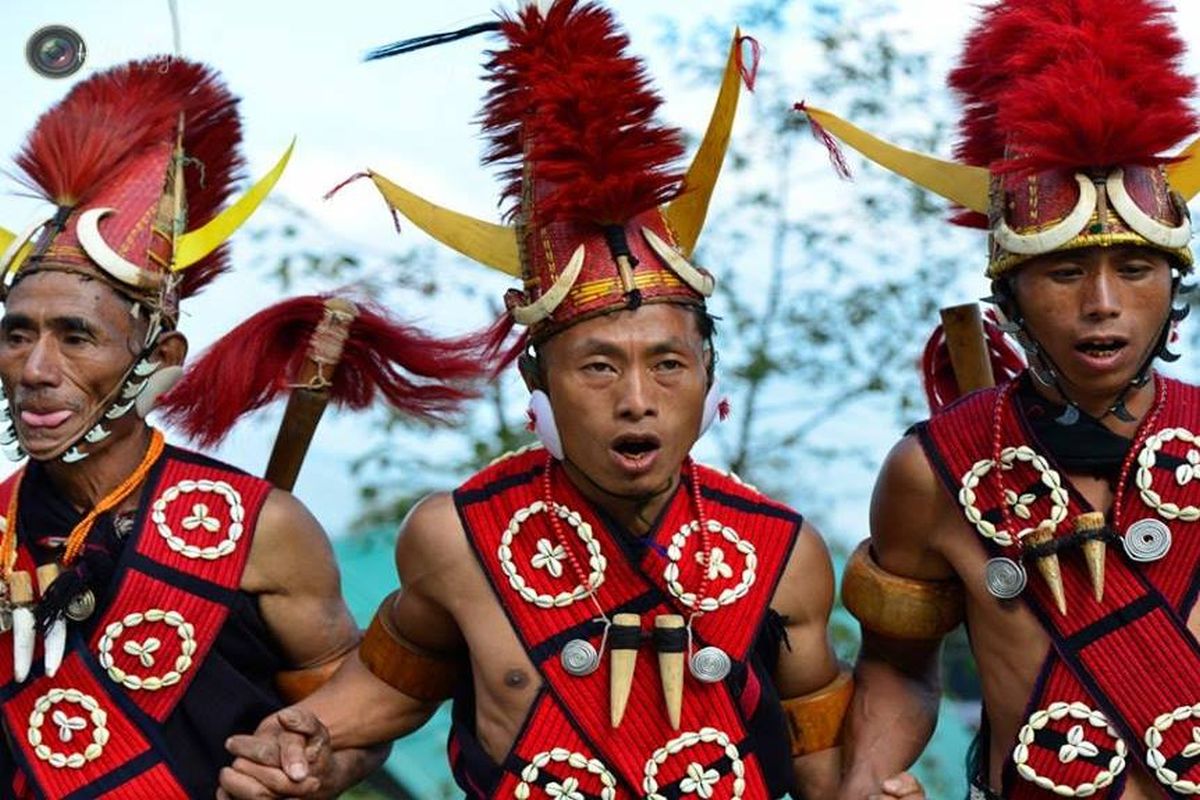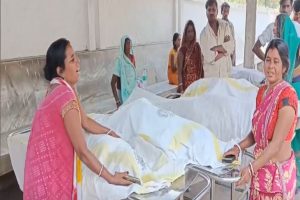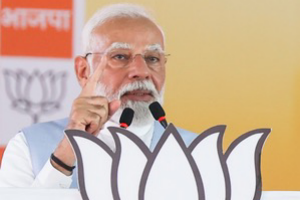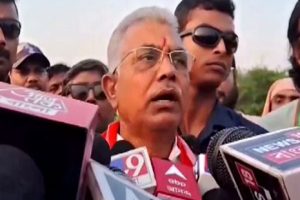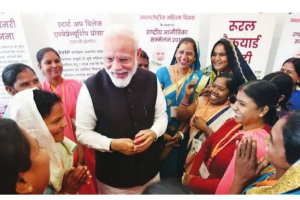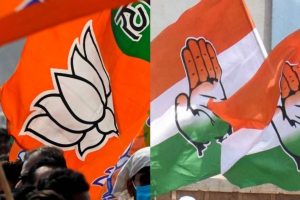Nagaland was lucky to have a Governor who had been working as a politician in the state for nearly 50 years. He was 83 when he assumed the post, which means most of his life, had been spent in Nagaland. During those long years, he had been involved in various activities promoting cultural, educational and tribal values. This Governor is none other than Padmanabha Balakrishna Acharya, popularly known as PB Acharya. He was sworn in as the 19th Governor of Nagaland on 19 July 2014.
In fact, he would not have become the Governor of Nagaland had then Mizoram Governor Vakkom B Purushothaman accepted the transfer order from Rashtrapati Bhavan to take charge in Nagaland as well. Purushothaman resigned as Governor of Mizoram when he was transferred to Nagaland, saying he was shifted “without consulting”. In fact, after the Narendra Modi government was installed at the Centre in 2014, there had been a spate of resignations across the country by serving Governors who were appointed by the previous Congress-led United Progressive Alliance government.
At a felicitation programme of Bharatiya Janata Party and National Democratic Alliance MPs from the North-east on 28 June 2014 at Niathu Resort in Dimapur, Acharya was told by some of us in the Press that he would become the Governor of Nagaland soon. He was emotional but tacitly acknowledged our words because he knew some of us in the media quite well. He knew we could not be wrong. In his first interaction as Governor with members of the Kohima Press Club on 16 August 2014 at the Kohima Raj Bhavan, we reminded him about what we had predicted at Niathu Resort.
He shook our hands tightly while giving his inimitable smile without uttering a single word and looked overjoyed seeing every one of us in the Raj Bhavan. Acharya expressed a keen desire to strengthen people-to-people relationships not only in the state, but also the region’s with the rest of the country through his innovative educational programmes. His enthusiasm to learn tribal dialects starting with Tenyidie was a positive start. Acharya’s idea of promoting Naga languages, at various renowned universities in major cities and states of India, was praiseworthy.
In that way, many Indians would come to know the importance and values of the lifestyle, cultures and languages of tribal people from the North-east. His idea was unique for the fact that many Naga people living in the major cities of India and serving in various companies, industries or offices, would be approached to spare some time and teach their respective dialects in the universities. That was still not everything. The octogenarian Acharya also had a deep concern for Nagaland’s educational system, particularly the chronic shortage of science and math teachers.
The alleged absence of almost 70 per cent of all teachers in government schools had shocked him and he questioned, “Where will our poor students go if teachers are not willing to teach? No society can progress without proper education.” This might have pushed him to adopt one government school in Kohima, which his wife Kavita Acharya attended twice a week to teach around four subjects a day. That definitely sent a strong message to the people, particularly the teaching community of Nagaland.
Acharya’s consistent discussions with university authorities in major cities to send some of their faculty members to impart science and math education in Nagaland were laudable. This way, he said, the faculty members would not only be serving the people of Nagaland but also experiencing values, which they may not have earlier. This unique concept of educational exchange programmes, he believed, would definitely reduce a lot of gaps between the region and the rest of the country and in the process, also strengthen national integration.
Acharya seemed uninterested to remain in the comforts of the Raj Bhavan. He wanted to mingle with the people and was hardly bothered with his gubernatorial protocols. In his first interaction with members of the Kohima Press Club, he made it clear that he wanted to meet the Press as much as possible. In fact, his second meeting with the media that came less than a month later on 11 September 2014 at Kohima Raj Bhavan was unprecedented. In that meeting, Acharya talked politics — something which no serving Governor of Nagaland did in the past.
He was categorical in justifying his points that the 22-year-long Naga peace process had made the Naga people suffer enough. “Enough is enough,” he said while adding that time had come to solve the Naga political issue once and for all. Acharya always advocated fighting against corruption and at times, he did not mince any words saying that corrupt officials should not be spared and urged the people to rise up against the scourge of venality. He, however, strongly believed that Nagaland could become one of the richest states in the country if its abundant natural resources were properly taped and utilised.
“Nagaland is rich but its peoples are poor,” he often said. Acharya, after becoming the Governor of Nagaland, also took additional charge as Governor of Tripura, Assam, Arunachal Pradesh and finally, Manipur for different periods. He made the Kohima Raj Bhavan a creative centre, a place of warmth, and it had truly become a people’s place. He often said that the Durbar Hall was a British legacy and should instead be called “People’s Hall.”
Acharya lived a humble life and always wanted to be with the people. On one of his last days in office on 19 July this year, the outgoing Governor said he would always be available for any help and asked the people of Nagaland to take him as one of them.
(The writer is author of Narendra Modi And Naga Peace Accord, and Editor of North East Press Service at Kohima)

